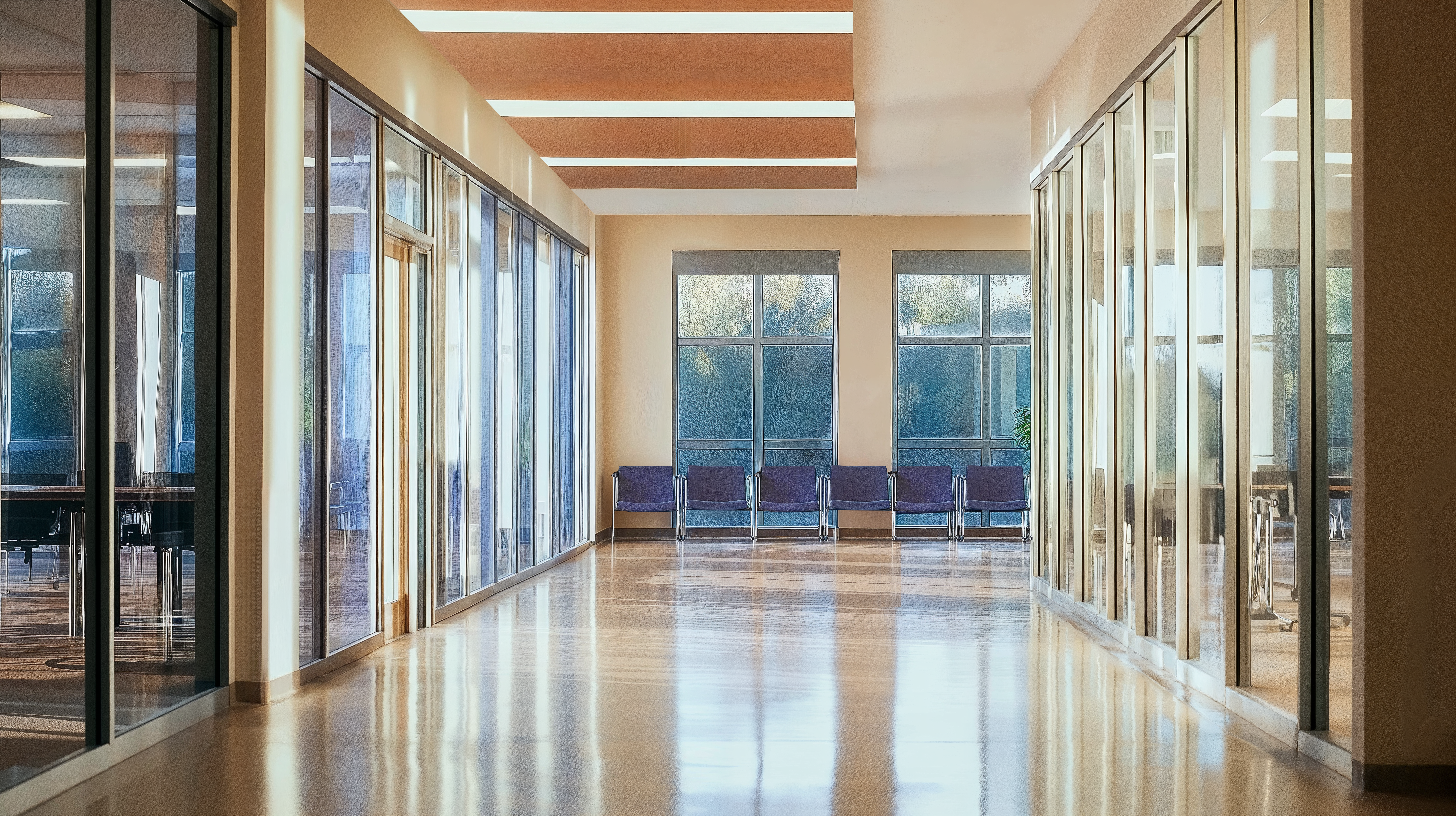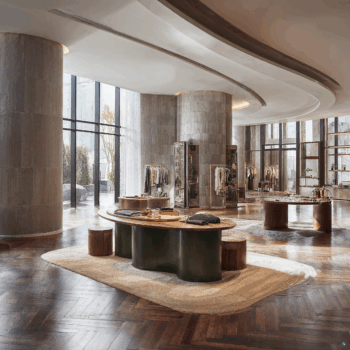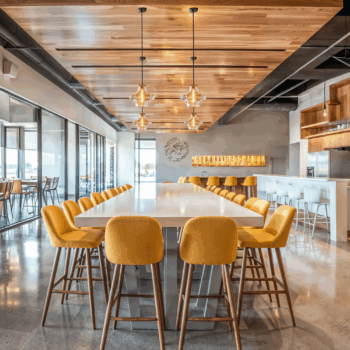
Lighting is one of the most impactful yet often overlooked elements in healthcare design. In today’s wellness-driven environments, lighting plays a vital role in supporting patient recovery, emotional well-being, and staff performance. From natural daylighting strategies to smart, tunable systems, wellness-centric lighting has become a cornerstone of holistic healthcare design.
At the center of this approach is the concept of circadian lighting—systems that simulate the natural rhythms of daylight, adjusting color temperature and intensity throughout the day. This helps regulate patients’ sleep-wake cycles, reduce fatigue, and improve mood, particularly in long-term care settings or spaces with limited access to windows.
Ambient lighting also plays a key role. Gentle, indirect light reduces glare and harsh contrasts, creating a more comfortable visual environment for patients and reducing eye strain for caregivers. Dimmable fixtures and task lighting allow for personalization, empowering patients to control their environment and feel more at ease.
In pediatric or behavioral health spaces, color-tuned lighting and playful, interactive fixtures can create a sense of calm or provide sensory engagement, depending on therapeutic goals. Meanwhile, motion-activated night lighting improves safety and orientation without disturbing rest, particularly in inpatient rooms or residential-style care environments.
Materials also influence the way light behaves in a space. Matte finishes, translucent surfaces, and reflective wall treatments help diffuse light evenly, while minimizing shadows and glare. These elements contribute to a balanced, welcoming atmosphere that supports healing.
Whether integrated into patient rooms, corridors, or communal areas, wellness-centric lighting transforms healthcare settings into calmer, more human-centered spaces. By using light with intention, designers can shape environments that are not only functional but also nurturing, supporting both clinical outcomes and the overall experience of care.
Looking for more wellness design inspiration? Check out our article on Barrier-Free Healthcare Design.







